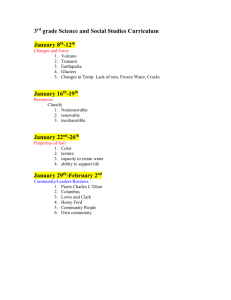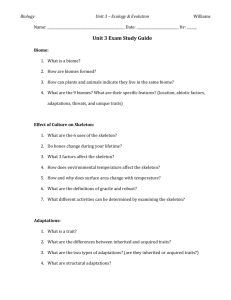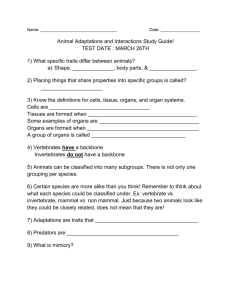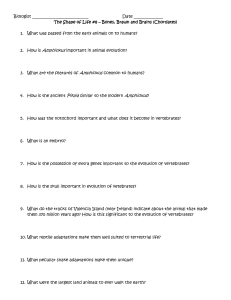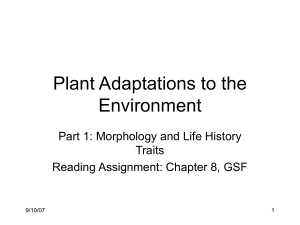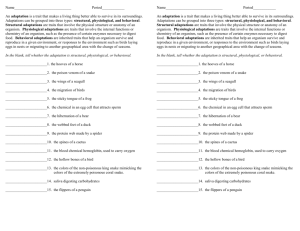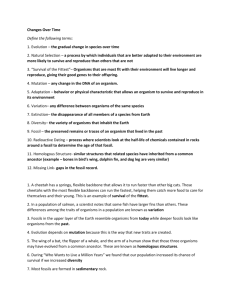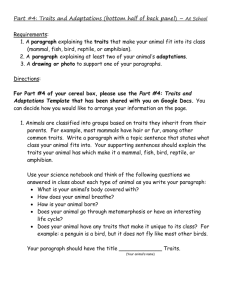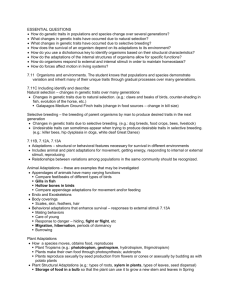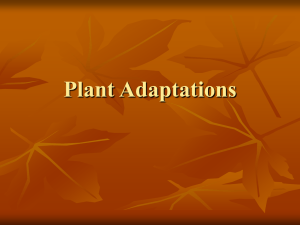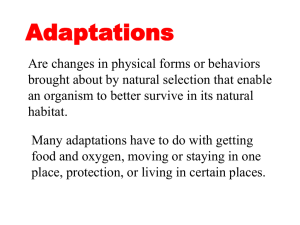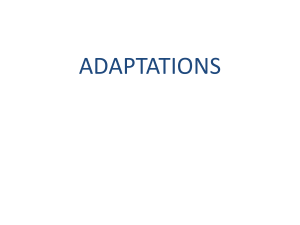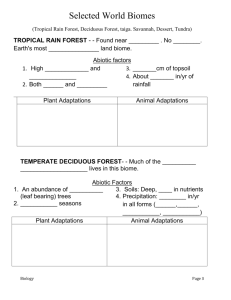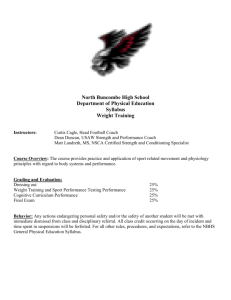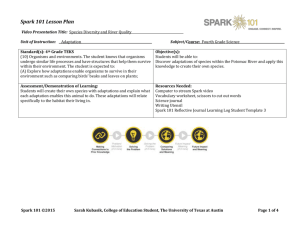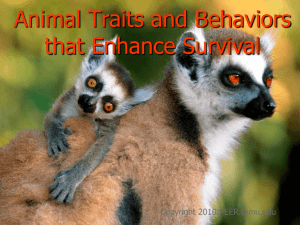2015 Fall PLTW Modules
advertisement
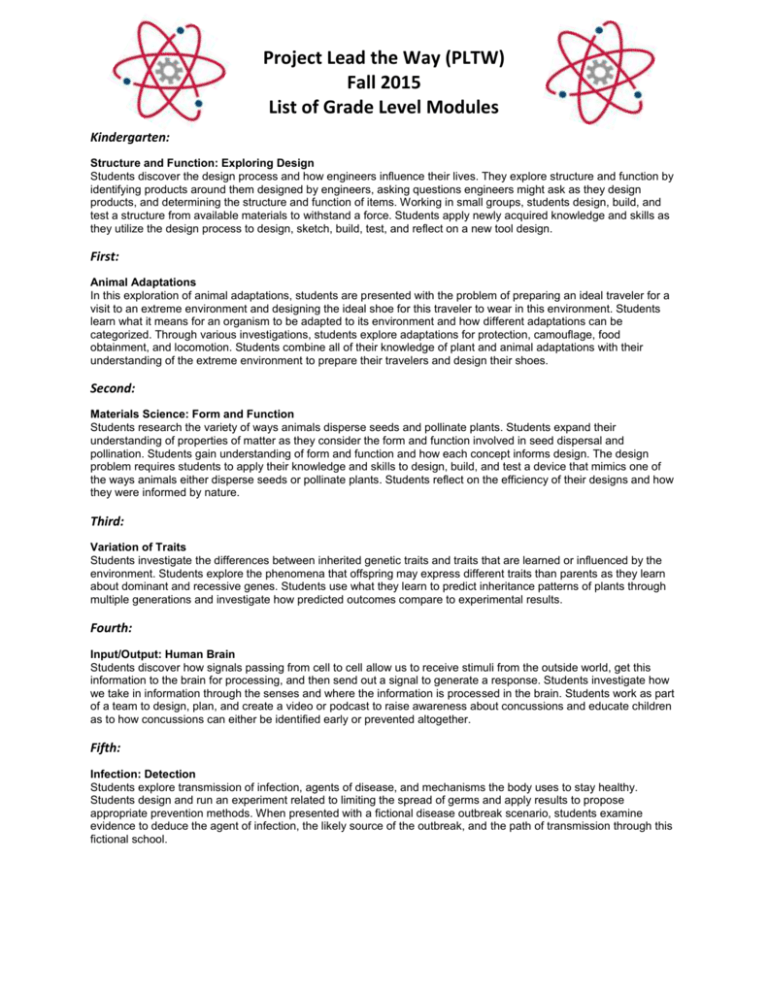
Project Lead the Way (PLTW) Fall 2015 List of Grade Level Modules Kindergarten: Structure and Function: Exploring Design Students discover the design process and how engineers influence their lives. They explore structure and function by identifying products around them designed by engineers, asking questions engineers might ask as they design products, and determining the structure and function of items. Working in small groups, students design, build, and test a structure from available materials to withstand a force. Students apply newly acquired knowledge and skills as they utilize the design process to design, sketch, build, test, and reflect on a new tool design. First: Animal Adaptations In this exploration of animal adaptations, students are presented with the problem of preparing an ideal traveler for a visit to an extreme environment and designing the ideal shoe for this traveler to wear in this environment. Students learn what it means for an organism to be adapted to its environment and how different adaptations can be categorized. Through various investigations, students explore adaptations for protection, camouflage, food obtainment, and locomotion. Students combine all of their knowledge of plant and animal adaptations with their understanding of the extreme environment to prepare their travelers and design their shoes. Second: Materials Science: Form and Function Students research the variety of ways animals disperse seeds and pollinate plants. Students expand their understanding of properties of matter as they consider the form and function involved in seed dispersal and pollination. Students gain understanding of form and function and how each concept informs design. The design problem requires students to apply their knowledge and skills to design, build, and test a device that mimics one of the ways animals either disperse seeds or pollinate plants. Students reflect on the efficiency of their designs and how they were informed by nature. Third: Variation of Traits Students investigate the differences between inherited genetic traits and traits that are learned or influenced by the environment. Students explore the phenomena that offspring may express different traits than parents as they learn about dominant and recessive genes. Students use what they learn to predict inheritance patterns of plants through multiple generations and investigate how predicted outcomes compare to experimental results. Fourth: Input/Output: Human Brain Students discover how signals passing from cell to cell allow us to receive stimuli from the outside world, get this information to the brain for processing, and then send out a signal to generate a response. Students investigate how we take in information through the senses and where the information is processed in the brain. Students work as part of a team to design, plan, and create a video or podcast to raise awareness about concussions and educate children as to how concussions can either be identified early or prevented altogether. Fifth: Infection: Detection Students explore transmission of infection, agents of disease, and mechanisms the body uses to stay healthy. Students design and run an experiment related to limiting the spread of germs and apply results to propose appropriate prevention methods. When presented with a fictional disease outbreak scenario, students examine evidence to deduce the agent of infection, the likely source of the outbreak, and the path of transmission through this fictional school.
